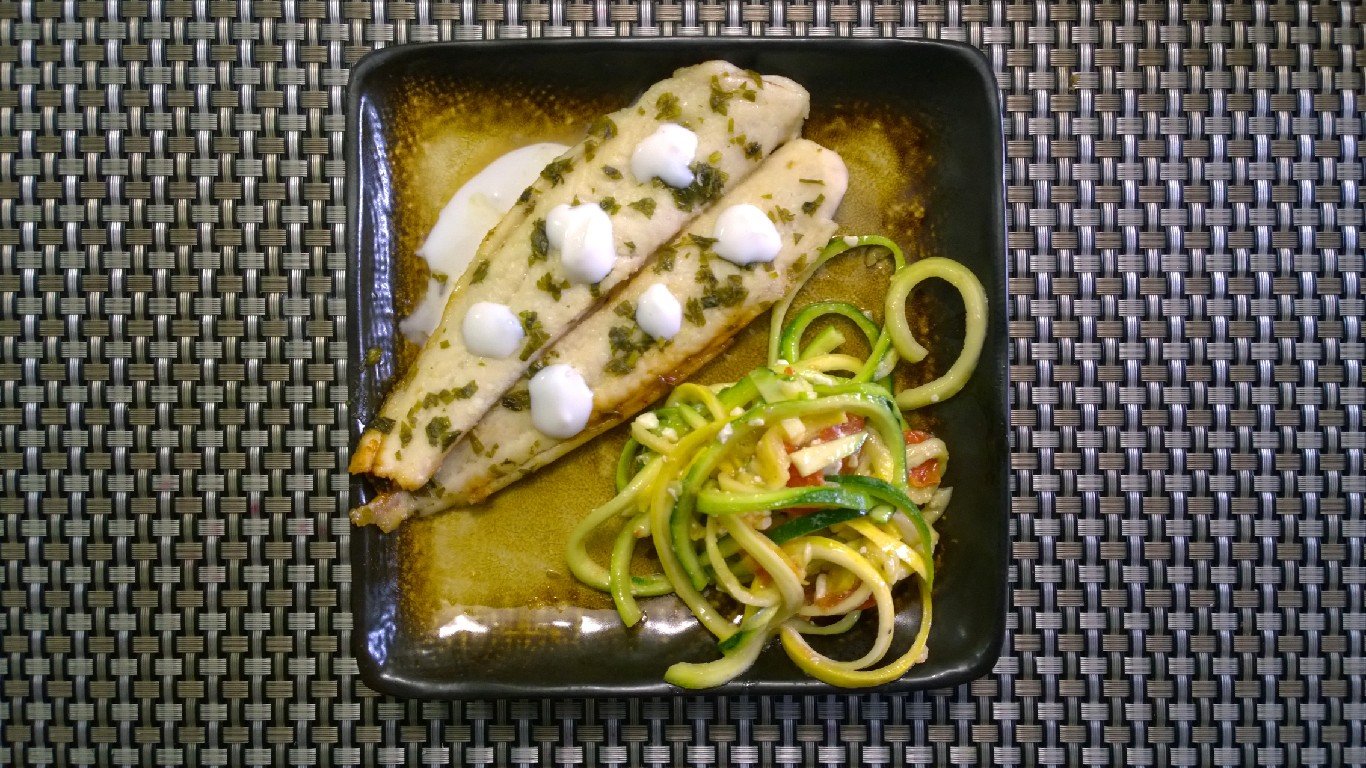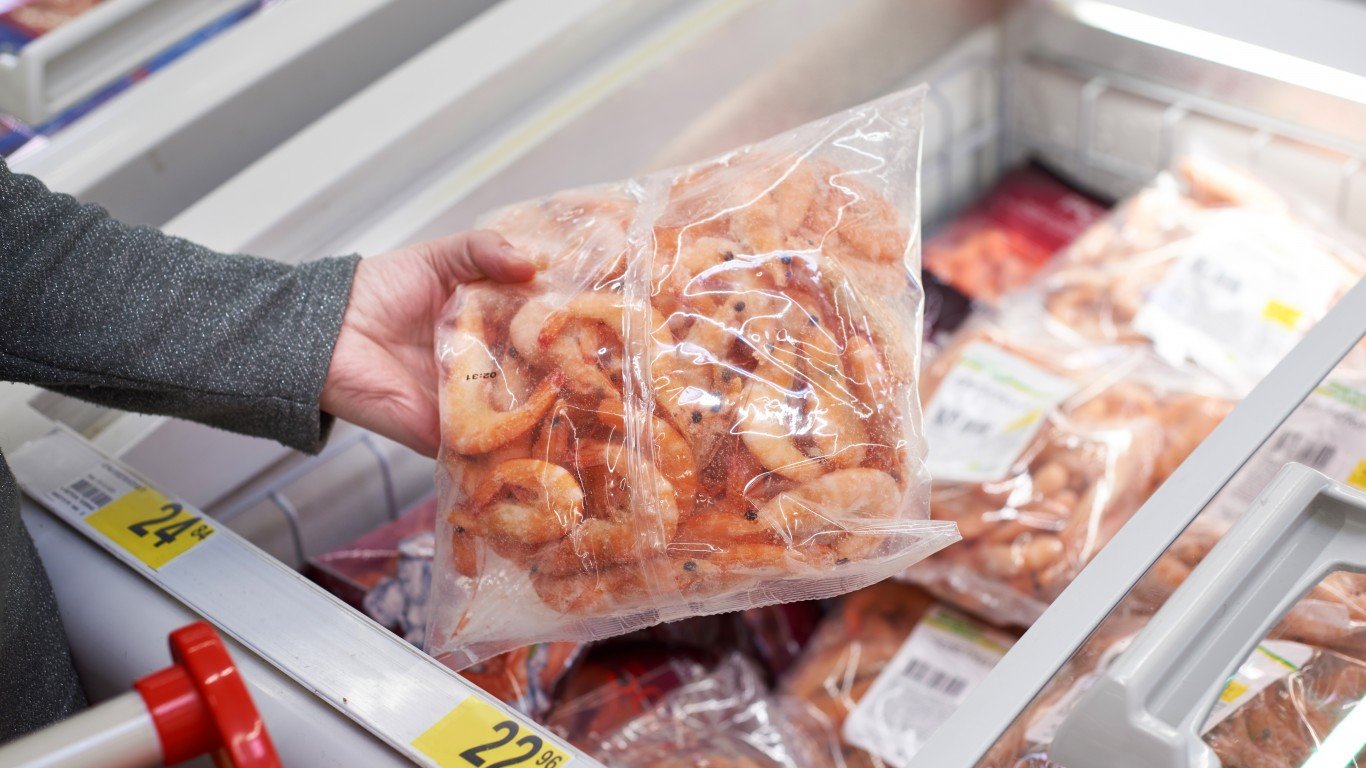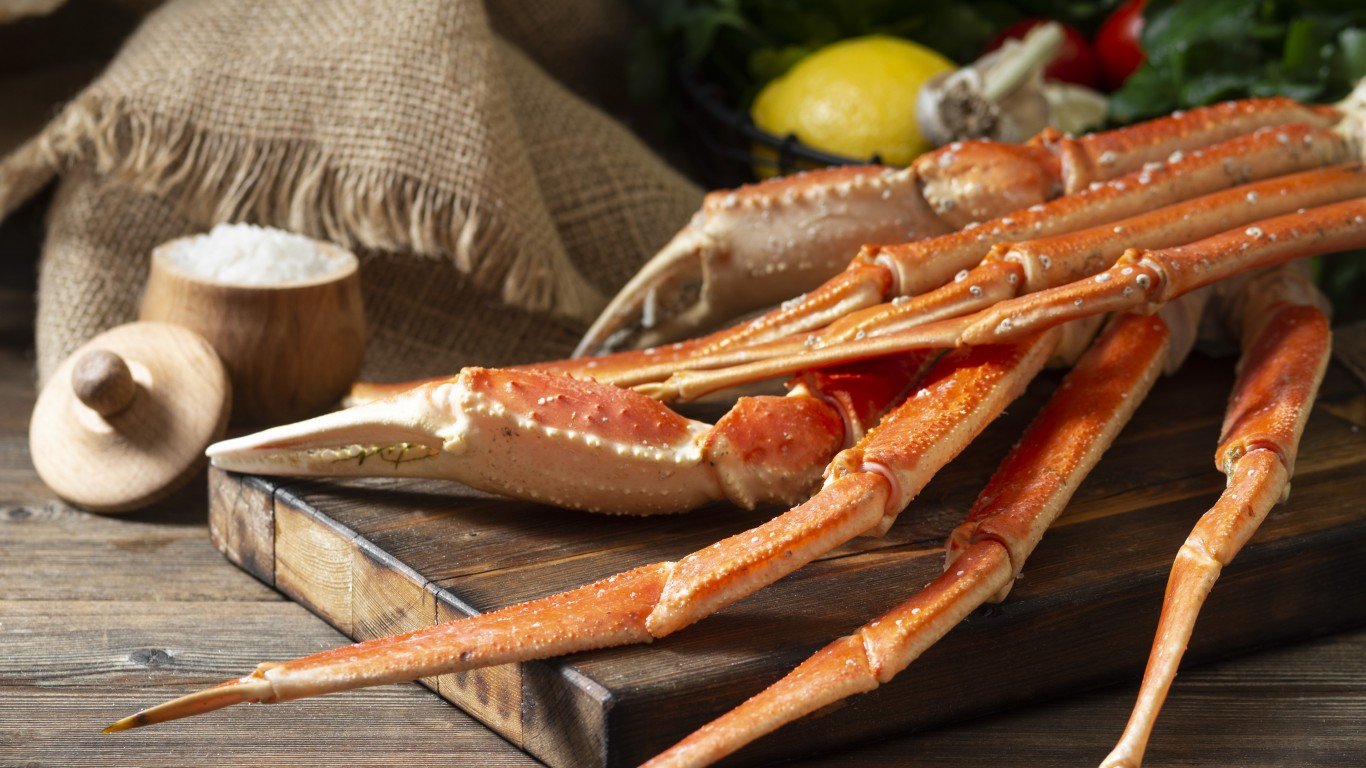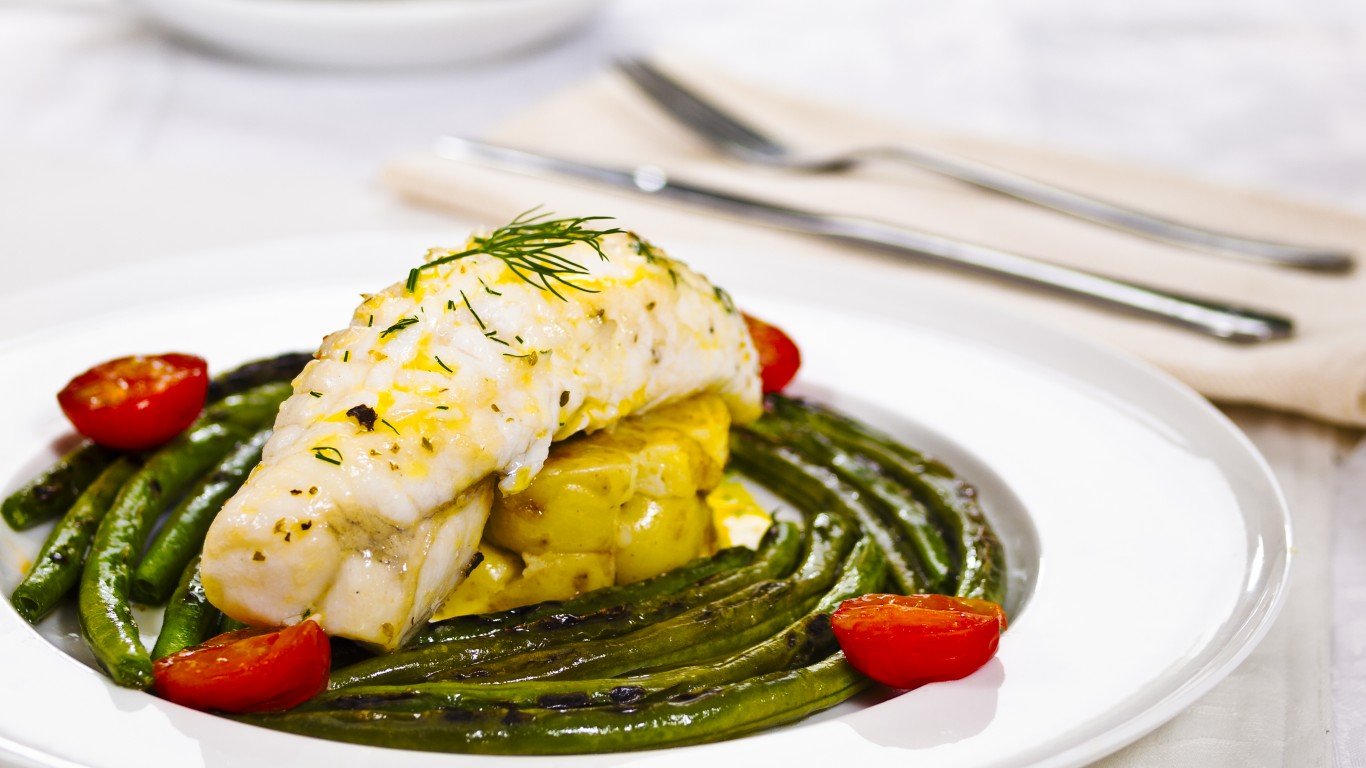
16. Imported Basa/Swai/Tra/Striped Catfish
> Reason to avoid: High in Vibrio bacteria and other pollutants
> Farmed or wild-caught: Farmed
A type of Vietnamese catfish, swai is often pond-raised with hyper-intensive production methods that generate toxic substances.

17. Imported Farmed Shrimp
> Reason to avoid: High in contaminants, negative habitat impact
> Farmed or wild-caught: Farmed
About 90% of the shrimp Americans eat is imported, and most imported shrimp comes from farms in Southeast Asia and Central America. Asian shrimp farms have in many cases replaced environmentally important mangroves. From a health perspective, much imported shrimp contain antibiotics that are not approved in the U.S., as well as 4-hexylresorcinol, considered hazardous by OSHA.

18. Imported King Crab
> Reason to avoid: Overfishing, negative habitat impact
> Farmed or wild-caught: Wild-caught
About half the king crab consumed in the U.S is from Russia’s Berent Sea. Russian fisheries are thought to be poorly managed from an environmental point of view, and, because the king crab is an invasive species in Russian waters, it is having a negative impact on the ecology.

19. Grouper
> Reason to avoid: High in mercury, declining populations
> Farmed or wild-caught: Wild-caught
There are more than 85 grouper species worldwide. Slow to reproduce, most are threatened by overfishing. (U.S. grouper fisheries typically set catch limits that are higher than those recommended.) They have also been subject to consumption warnings because of their mercury levels.

20. Monkfish
> Reason to avoid: Negative habitat impact
> Farmed or wild-caught: Wild-caught
Light in color and sometimes said to resemble lobster in flavor and texture, this popular fish is recovering from depletion, but the trawling and dredging methods used for the catch is destructive to marine habitat.





